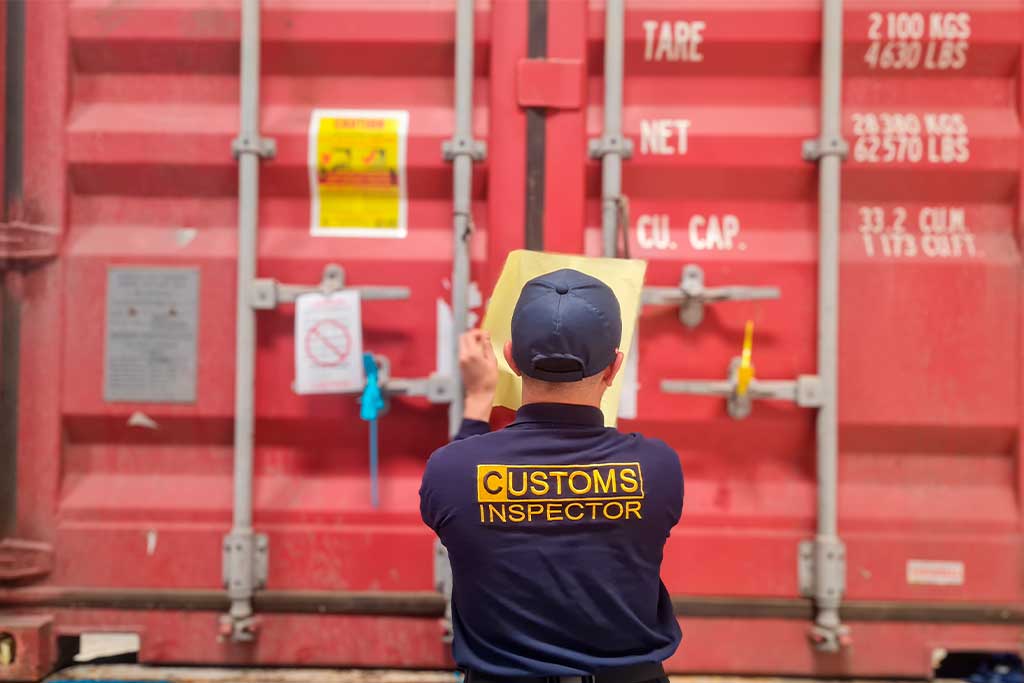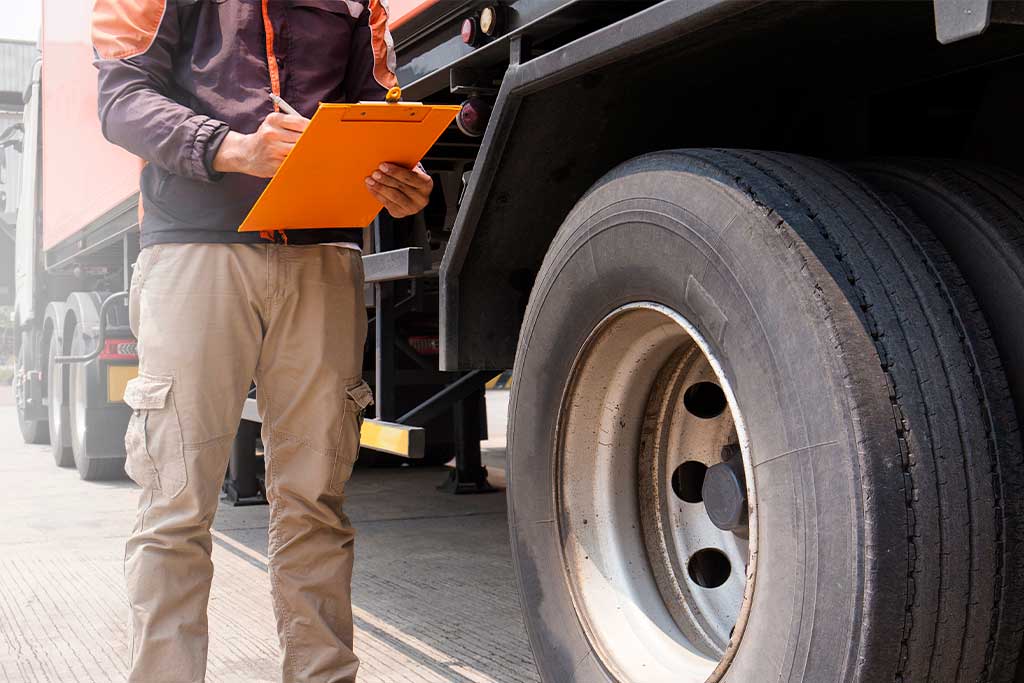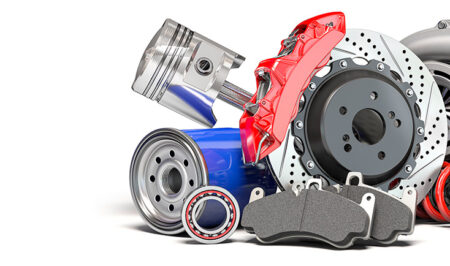What to Expect During Customs Clearance at the Otay Mesa Border
The Otay Mesa Land Port of Entry stands as a major commercial gateway between the United States and Mexico. As California’s busiest commercial port, it processes an impressive $13.5 billion in exports and $37.4 billion in imports annually. This vital artery for international commerce handles approximately 1 million trucks, 5 million vehicles, and 2.1 million pedestrians each year, making it an essential component of North American trade infrastructure.
Gaining insight into the customs clearance process at Otay Mesa Land Port of Entry is essential for recognizing its role as a major commercial gateway between the United States and Mexico. Proper preparation can mean the difference between smooth, efficient border crossings and costly delays that disrupt supply chains and damage customer relationships. With wait times varying from 15 minutes to over 100 minutes depending on the time of day, strategic planning becomes essential.
This article will guide you through navigating Otay Mesa’s customs procedures, covering:
- Essential documentation requirements
- Inspection processes
- Expected timelines
- Fee considerations
Whether you’re a seasoned importer or preparing for your first cross-border shipment, mastering these elements will help you move goods more efficiently through this crucial port of entry.
Essential Documentation for Otay Mesa Customs Clearance

Successful customs clearance at Otay Mesa depends heavily on proper documentation. Having your paperwork in order not only expedites the process but also helps avoid costly delays and penalties.
For shipments passing through Otay Mesa, you’ll need to prepare the following essential documents for smooth customs clearance:
- Commercial Invoice: detailing the goods’ description, quantity, and value
- Bill of Lading/Air Waybill: serving as a receipt and contract for freight
- USMCA Certificate of Origin: confirming goods qualify for preferential treatment
- Customs Entry Form (CBP Form 3461)
- Packing List: itemizing package contents with weights and dimensions
- Special permits for regulated goods (if applicable)
To achieve documentation accuracy and completeness, consider these tips for faster customs clearance:
- Double-check all entries for consistency across documents
- Use digital documentation systems to reduce errors and expedite processing
- Partner with experienced customs brokers familiar with Otay Mesa customs clearance procedures
- Submit documentation electronically in advance when possible
Avoid these common documentation mistakes that often cause customs clearance delays:
- Incomplete or inaccurate product descriptions
- Missing or incorrect HTS/tariff classifications
- Inconsistent values across different documents
- Outdated USMCA certifications
- Failing to account for specific Mexican import requirements
Inspection Process at Otay Mesa
At Otay Mesa, the busiest commercial port in California, shipments undergo a structured inspection process designed to balance security with efficiency. Customs clearance inspections may include:
- K-9 sniffer teams
- 21-point inspections
- Advanced scanning technology
The port processes approximately 1 million trucks, 5 million vehicles, and 2.1 million pedestrians annually, requiring robust inspection protocols.
Several factors determine whether your shipment undergoes standard or enhanced customs clearance inspection:
- Shipment history and company compliance record
- Completeness and accuracy of documentation
- Type of goods being transported (high-risk categories face more scrutiny)
- Random selection based on CBP risk assessment algorithms
- Participation in trusted trader programs like C-TPAT
Timeline Expectations and Delay Management

Timeline expectations vary significantly based on shipment type and time of day. Standard customs processing at Otay Mesa operates Monday through Friday from 6:00 AM to 8:00 PM PST, with specific operational hours for different cargo types. Wait times typically range from 15–30 minutes during early morning hours to 90–100+ minutes during peak afternoon periods (3:00–6:00 PM).
To expedite your customs clearance:
- Ensure all documentation is complete, accurate, and submitted electronically when possible
- Consider enrollment in trusted trader programs like C-TPAT or FAST, which offer dedicated lanes and expedited processing
- Schedule crossings during off-peak hours (before 7:00 AM or after 8:00 PM)
- Partner with logistics providers experienced in Otay Mesa customs clearance who utilize blockchain technology for documentation and real-time tracking
If your shipment experiences delays, immediately contact your customs broker and carrier to identify the issue. For documentation problems, have the corrected paperwork ready to submit promptly. Consider leveraging digital customs software to streamline future crossings and reduce the likelihood of delays. The ongoing modernization of the Otay Mesa facility aims to reduce wait times through expanded capacity and smart technology implementation.
Fees and Cost Considerations for Otay Mesa Customs Clearance
Navigating the financial aspects of customs clearance at Otay Mesa involves understanding various fees that impact your bottom line. Standard charges typically include Merchandise Processing Fees (MPF), which range from $27.23 to $528.33 depending on shipment value, and Harbor Maintenance Fees for sea shipments. Additional costs may include customs broker fees, entry filing fees, and potential examination charges if your shipment is selected for customs clearance inspection.
To estimate total costs in advance, factor in your shipment’s value, weight, classification, and potential for inspection. Non-compliance with regulations can result in severe financial consequences, including substantial penalties, extended storage fees, and business disruptions.
Tips for Minimizing Customs Fees

Reducing customs fees can significantly lower overall shipping costs for businesses operating across the U.S.-Mexico border. By adopting strategic measures, companies can streamline the customs clearance process, avoid unnecessary penalties, and optimize their supply chain. Here are some practical tips to help minimize customs expenses:
- Ensure accurate product classification to avoid misclassification penalties
- Implement digital documentation systems to reduce paperwork errors
- Consider C-TPAT certification to expedite processing and reduce inspection frequency
- Consolidate smaller shipments when possible, to minimize per-entry fees
- Schedule crossings during off-peak hours to reduce wait times and associated costs
For up-to-date fee information, contact the Otay Mesa Import Specialist Office or Entry Control. Many businesses find that partnering with experienced logistics providers helps navigate changing fee structures while ensuring compliance with evolving regulations.
Maximize your cross-border efficiency with Mex-Cal Truckline, the trusted partner for navigating Otay Mesa customs clearance. With over 40 years of experience, we specialize in seamless logistics solutions, ensuring your cargo moves swiftly and securely across the U.S.-Mexico border.
Our comprehensive services include C-TPAT certifications, advanced GPS tracking, and expert compliance with the latest regulations. Let us handle the complexities of customs clearance, so you can focus on growing your business. Contact us today to discover how we can streamline your logistics operations.





